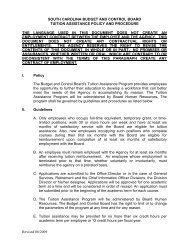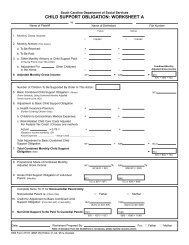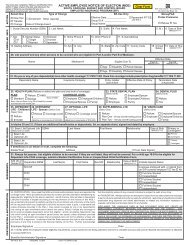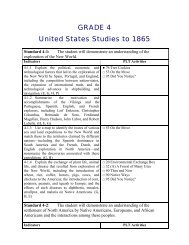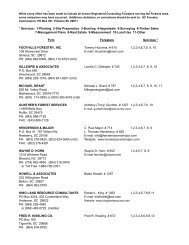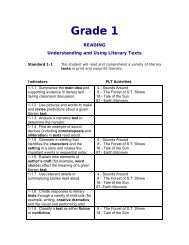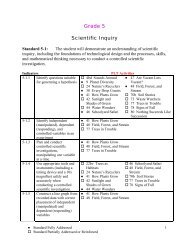Child Behavior Checklist (CBCL) Outcomes for
Child Behavior Checklist (CBCL) Outcomes for
Child Behavior Checklist (CBCL) Outcomes for
Create successful ePaper yourself
Turn your PDF publications into a flip-book with our unique Google optimized e-Paper software.
About the <strong>CBCL</strong><br />
The <strong>CBCL</strong> is one assessment tool within the family of assessment tools created by<br />
Thomas M. Achenbach, PhD. The <strong>CBCL</strong> is designed to be completed by the parents or<br />
caregivers of children between the ages of 6 and 18 (Achenbach & Rescorla, 2001). It provides<br />
rich clinical data concerning the functioning of the child in several domains: social competence,<br />
total problems, internalizing and externalizing syndromes. Scores are broken down into clinical<br />
range, sub-clinical range and normal range <strong>for</strong> each domain.<br />
Social competence of the child is reflected in the Total Competence score. This is made<br />
up of a series of questions regarding how many friends the child has, how much time the child<br />
spends with friends, how well they get along with family members such as siblings and how<br />
many activities they participate in (Achenbach & Rescorla, 2001).<br />
The Total Problem score reflects the total score from the questions that parents have<br />
answered about the problems their child is having. Examples include “acts too young <strong>for</strong> his/her<br />
age,” “fails to finish things he/she starts,” “hears sounds or voices that aren’t there (describe):,”<br />
“talks about killing self,” “disobedient at home.” There are a total of 113 problem items that the<br />
parents must answer (Achenbach & Rescorla, 2001).<br />
The 113 problem items are also used to create Syndrome Scales. Each of the 113<br />
questions factor into one of eight syndromes and one “other problems” scale. The eight<br />
syndrome scales include: anxious / depressed, withdrawn/depressed, somatic complaints, social<br />
problems, thought problems, attention problems, rule-breaking behavior, and aggressive<br />
behavior (Achenbach & Rescorla, 2001).<br />
The eight syndrome scales can be divided into internalizing syndromes<br />
(anxious/depressed, withdrawn/depressed, and somatic complaints), and externalizing syndromes<br />
(rule-breaking behavior and aggressive behavior). The Internalizing Score and the Externalizing<br />
Score are computed by summing the scores <strong>for</strong> the three internalizing syndromes <strong>for</strong> the<br />
Internalizing Score and the scores <strong>for</strong> the two externalizing syndromes <strong>for</strong> the Externalizing<br />
Score (Achenbach & Rescorla, 2001).<br />
The <strong>CBCL</strong> should be completed by a parent, or other caregiver who is close to the child.<br />
In the event that the child is in DSS custody, a case-manager or therapist may complete the <strong>for</strong>m.<br />
If a child’s parents are unable to read or write well enough to complete the from accurately, then<br />
a clinician may read the questions <strong>for</strong> them and record their answers. The <strong>CBCL</strong> is to be<br />
administered at admission, again at six months, and at discharge. Five months has been<br />
suggested as the minimum amount of time needed in order to show a change in scores from one<br />
level to another (e.g. clinical range to normal range). However, at this time the number of<br />
children who met this criterion was relatively low. In order to provide in<strong>for</strong>mation on change in<br />
score, a minimum time span of 30 days or more was applied.<br />
Reference<br />
Achenback, T.M., & Rescorla, L.A. (2001). Manual <strong>for</strong> the ASEBA School-age Forms &<br />
Profiles. Burlington, VT: University of Vermont, Research Center <strong>for</strong> <strong>Child</strong>ren, Youth &<br />
Families.





